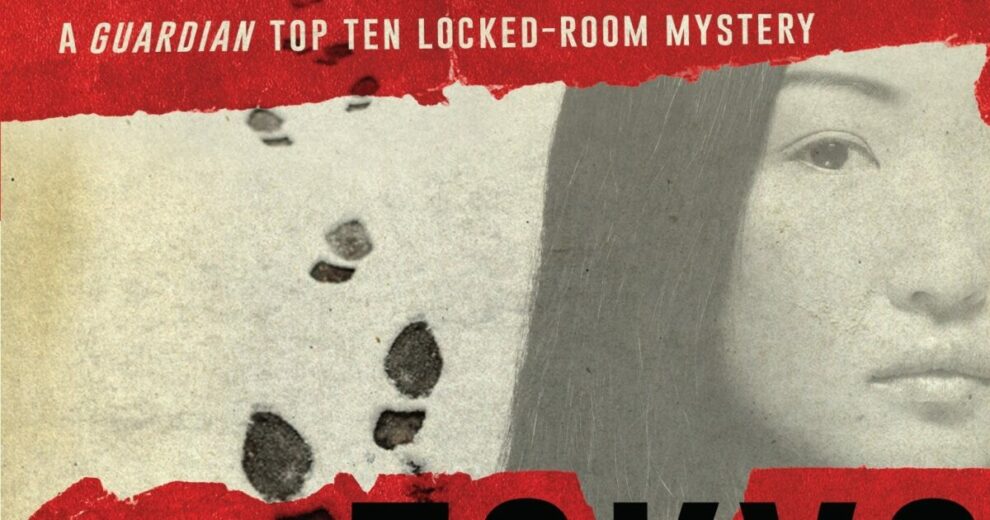Debut novel of Soji Shimada, a Japanese musician and writer on astrology who is best known as the author of over 100 mystery novels, “The Tokyo Zodiac Murders” was also a best seller and was nominated for the Edogawa Rampo Prize for mystery novels.
The book unfolds in different chapters but begins in 1936, with the letter of Heikichi Umezawa, a painter and womanizer who was obsessed with astrology and alchemy. All of his “capacities” are included in the letter, but also his absurd will to create Azoth, the perfect being by using parts from the women around him, namely 2 daughters, 2 of his 3 stepdaughters and his 2 nieces. However, as the story unfolds, we learn that Umezawa was murdered, with the same thing happening to Kazue Kanemoto, the only one of his stepdaughters not included in the creation of Azoth, and later on, the rest of the aforementioned women. The case was eventually named as Zodiac Murders, and was never actually solved.
In the present (the 80s in this case) Kazumi Ishioka, a freelance illustrator and avid fan of mysteries who has been studying the case intensely, is informing his friend, the astrologer Kiyoshi Mitarai, whom he considers a genius, about the Zodiac Murders, essentially asking his help to solve the case. Their discussions will eventually lead to a series of questions and answers, with the two of them ending up in Kyoto to investigate more.
Allow me to start with the negatives. The book definitely shows its age in terms of story, while the Agatha Christie-Poirot type of solution in the end, does not stand to the much scrutiny, as the facts are more, but there are definitely some baseless conjectures there, which will not stand to any kind of scrutiny. Furthermore, the deus-ex-machina element is here once more in all its illogical glory, while there is also a touring guide to Osaka part of the book (which also includes a comment about the westernization of the country) that prolongs it for no particular reason. Apart from these issues, though, the book thrives in a number of other aspects.
To begin with, the case by itself, starting from the letter, continuing with the letters, and concluding with the present and the efforts of the two protagonists to find the perpetrator decades after the actual crime, are all truly captivating. Furthermore, starting with the character of the Umezawa as established in the truly paranoid letter of the intro of the book, and later on, with the story of his and his family's life, the prowess of the characters here becomes quite evident.
The one who steals the show, however, is definitely the astrologer/genius investigator Mitarai, whose smugness, unwillingness to reveal his thoughts, and his eventual obsession to find the murderer all create a rather captivating portrait, which actually carries the novel from beginning to end. It is his character that essentially puts Kazumi in a second role, that of the narrator, after the beginning of the novel. Even more interesting is probably the relationship of the two, which is painted as one of intense friendship, but also includes some homoerotic elements, if one examines the whole thing a bit deeper.
Also of note is the meta aspect of Shimada actually teasing his readers about finding the perpetrator themselves, with him repeatedly stating in the book that all the clues are there, and that a thinking reader could figure the whole thing. This challenge actually works quite well, also in terms of re-reading the book (the part before the revelation at least). Lastly, the jab at Sherlock Holmes is quite interesting to read, although the retraction towards the end does dull the impact of this aspect.
Regarding the writing, the language, as usually in Japanese crime novels, is simple, with short sentences being the main approach here. The various letters do break this “tempo” nicely, as do the various sketches that explain Mitarai's thoughts better, while it is easy to say that, as a whole, the book flows quite nicely.
Despite its issues, “The Tokyo Zodiac Murders” is a very entertaining book to read, while its breaking-the-fourth-wall/meta aspect make it seem more contemporary on occasion, in an overall rewarding work.

















